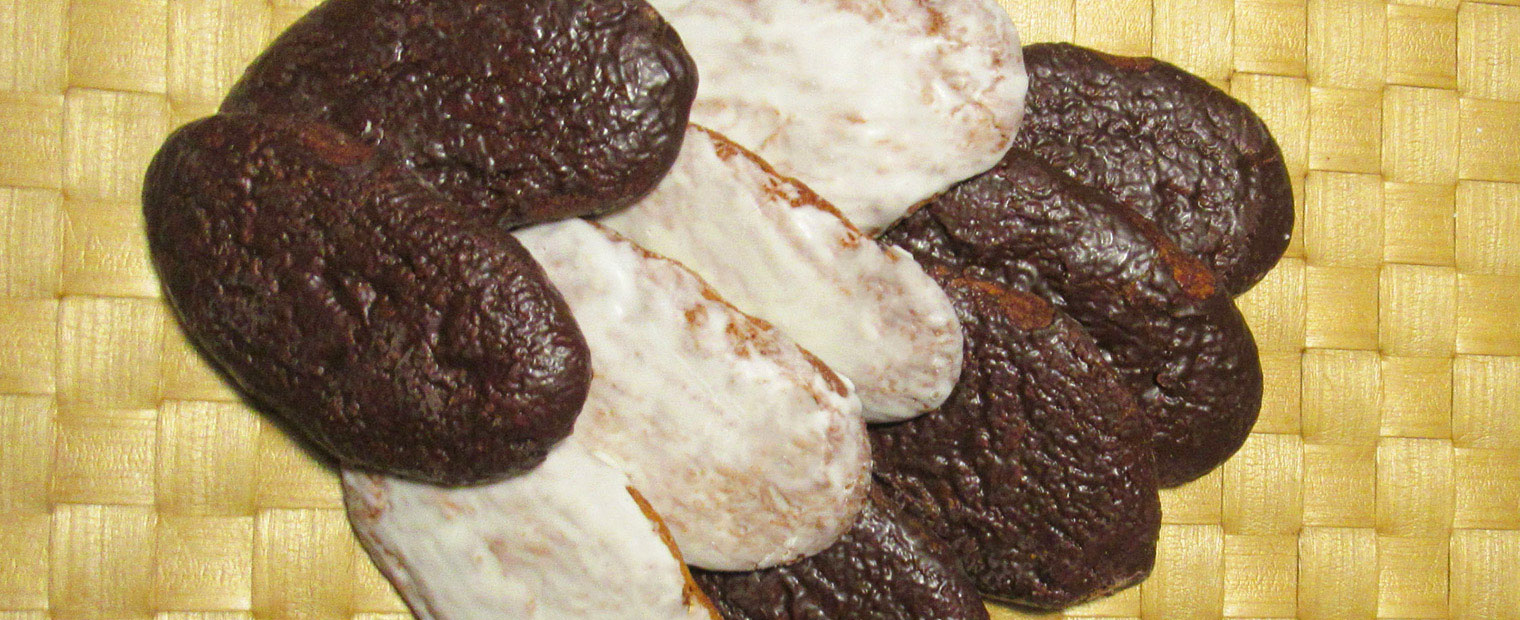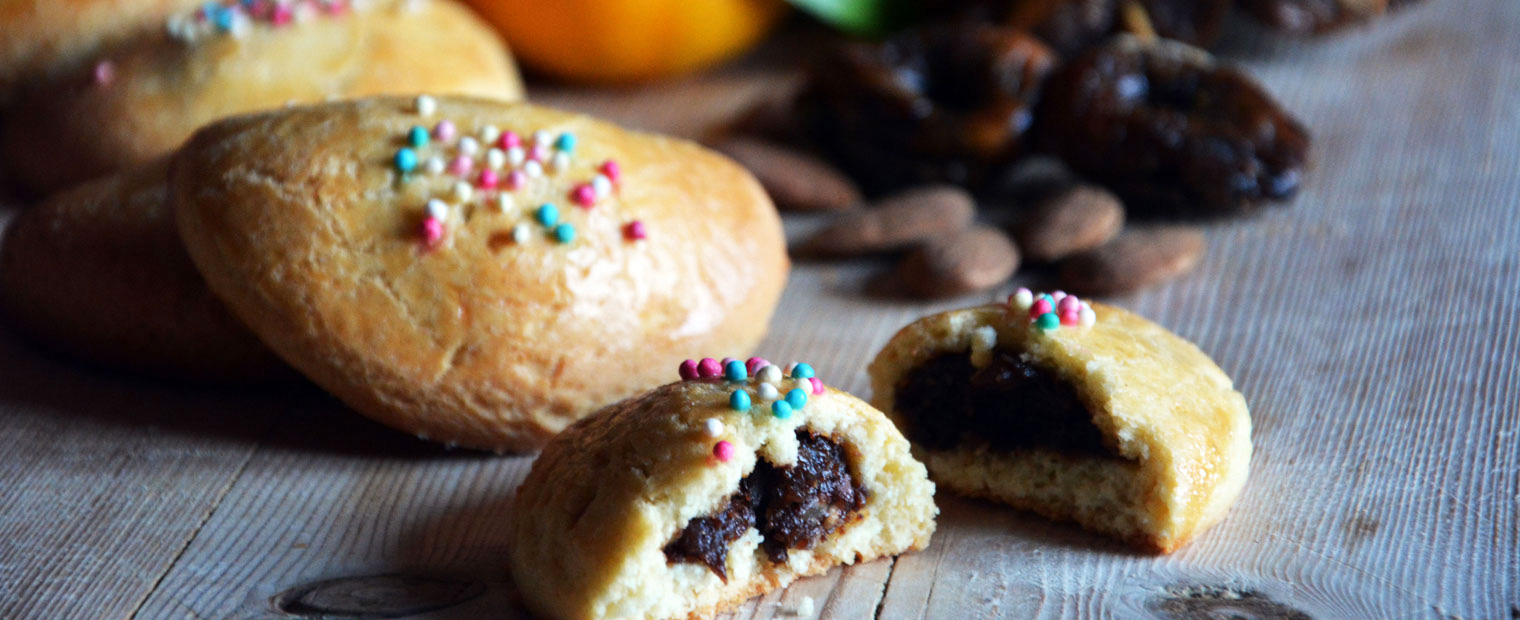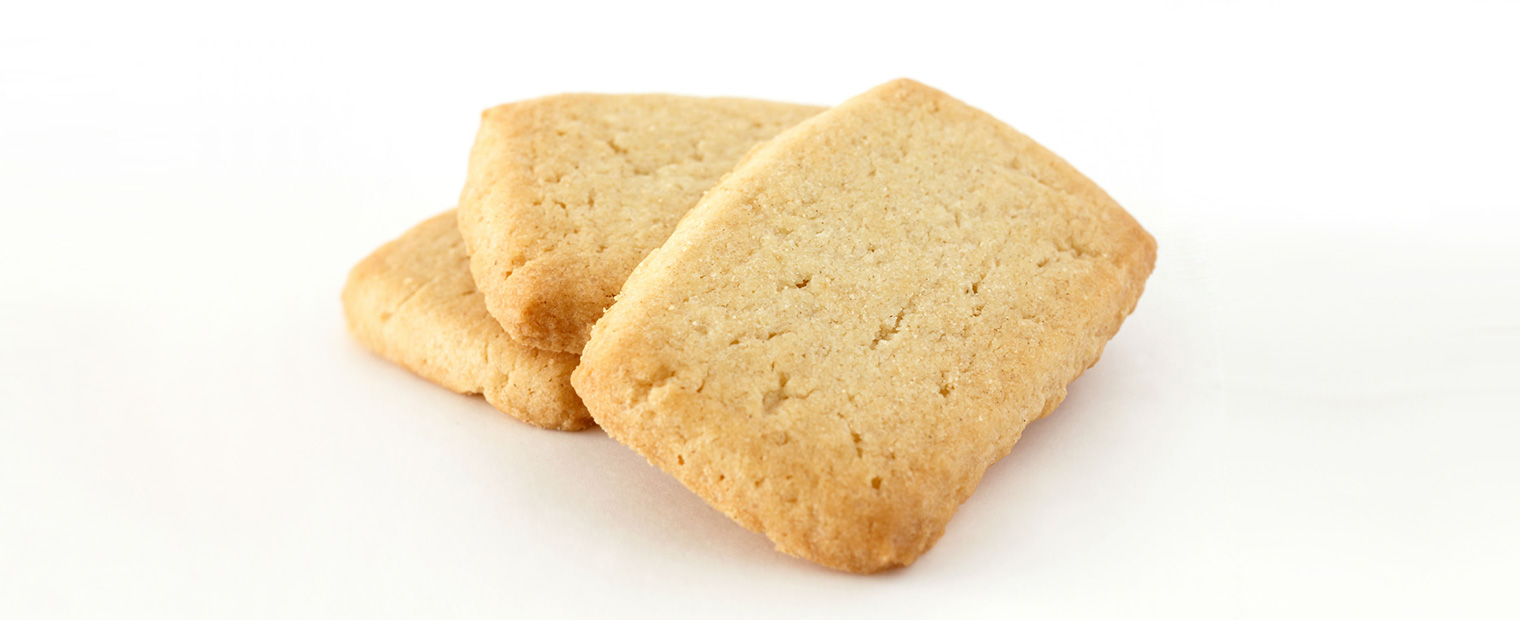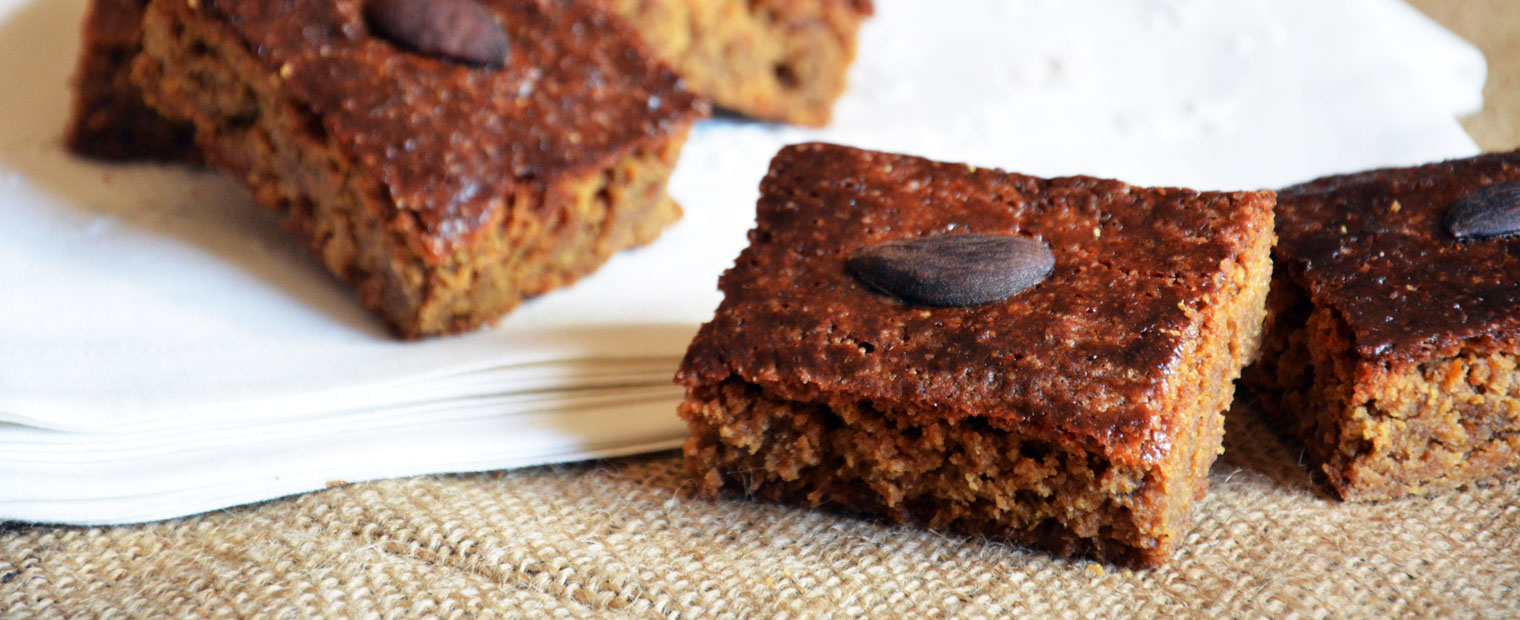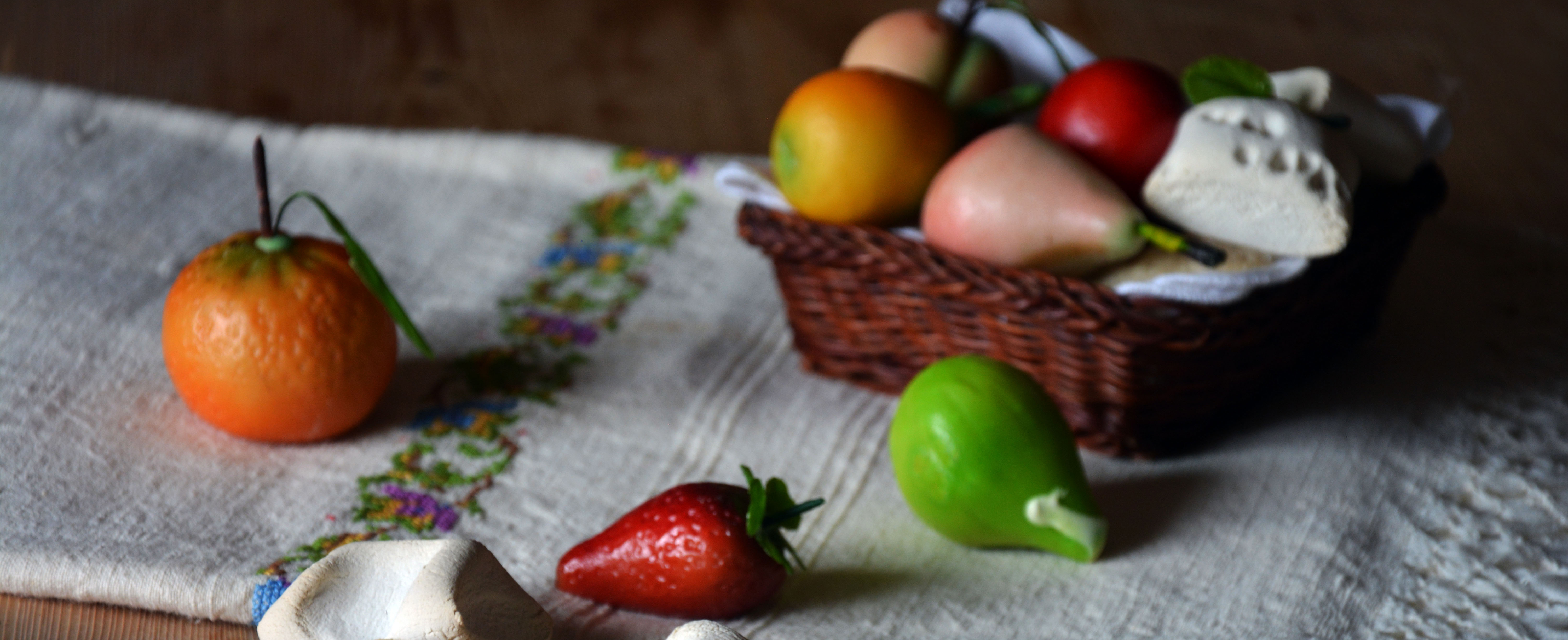Born in ancient Greece as a gift to Demeter and Core, both goddesses, the susumelle hide in their name the mystery of their origin, as the two hypotheses are controversial. First is the hypothesis that “susumelle” is the union between sesamum and mel, meaning sesame and honey, although sesame does not appear in today’s version of the recipe. Alternatively, is the second hypothesis, again from Greek, “susumeda,” meaning food that had gone bad that was given to the poor as charity, in the past and on specific holidays, by the rich.
A rich dessert
Both in terms of form and presentation, the susumelle have different variations. They can either be oval or rhombus shape, and be covered in dark or white chocolate, but what sets them apart is their intense and unmistakable flavour provided by cinnamon and cocoa, as well as the candied fruit present in the dough. Each family modifies the original recipe to find its own unique version.
DID YOU KNOW THAT …?
In the past, there were three types: the first called noble susumelle, made with white flour and destined for the rich; the second called the bagpipe player, with mixed flour and ingredients that otherwise would go to waste; and finally the third called “del buon cammino,” made with good ingredients and destined for priest and friars.
A recipe for the poor
By 600 in the Kingdom of Naples, the nuns of the contents at the time were prevented, through the emanation of a special law, to make susumelle with white flour, which was at the time most valuable, to avoid waste also because they often ended up on the tables of less affluent people, who, according to the logic of the time, did not deserve them.
